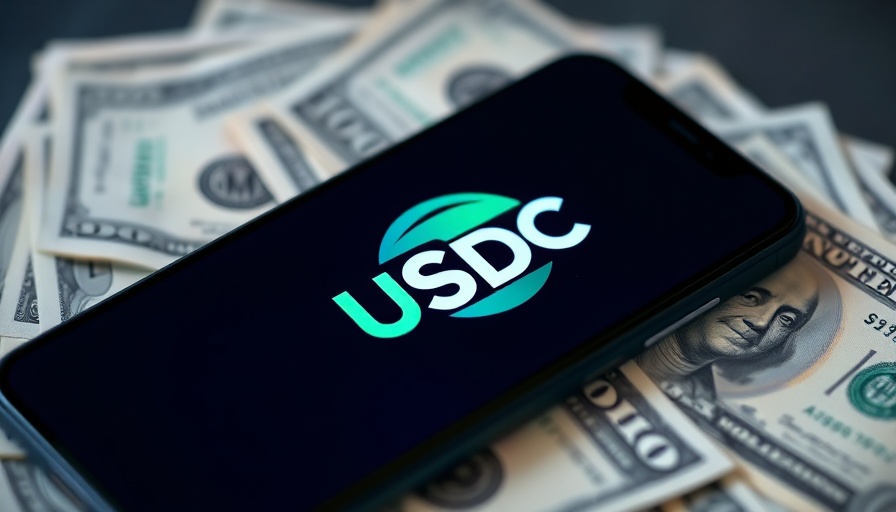
Why Investing in a Waxing Franchise Is a Game Changer
As the personal grooming landscape continues to grow rapidly, investing in a waxing franchise presents an enticing opportunity for savvy entrepreneurs. Not only does it tap into a thriving market, but it also allows business owners to ride the wave of the increased consumer focus on self-care. With many individuals prioritizing their grooming needs, waxing franchises are well-positioned for success, providing ongoing demand and revenue potential.
Understanding the Waxing Franchise Model
A waxing franchise operates under an established brand, allowing new business owners to benefit from brand recognition and existing operational systems. This model is particularly advantageous for budding entrepreneurs, who may lack the experience required to launch a standalone business. By joining a franchise, franchisees can avoid common pitfalls associated with starting from scratch.
The Financial Investment Behind Waxing Franchises
Initial investments for a waxing franchise can range from $100,000 to $500,000, including franchise fees between $20,000 and $50,000. This investment might seem substantial, but given the booming demand for personal grooming services, it is a calculated risk. Successful franchisees often find that their investment yields significant returns through reliable customer traffic and loyalty.
How Franchise Support Accelerates Success
A critical advantage of joining a waxing franchise is the support provided by franchisors. From training programs to marketing strategies, franchisees have access to resources that can help them flourish in their new venture. This support system is essential for those new to the industry, providing a foundation that encourages growth and avoids the struggles of independent business ownership.
Marketing Strategies for Success
Effective marketing is crucial for attracting customers to a waxing franchise. Utilizing targeted promotions, social media campaigns, and local SEO practices enables franchisees to enhance their visibility in a competitive market. Building a robust community presence through local events and partnerships can also contribute significantly to brand awareness and reputation.
Maintaining Quality and Customer Satisfaction
In the service industry, customer satisfaction is paramount. Waxing franchise owners must prioritize quality service and create a welcoming environment that encourages repeat visits. Implementing customer feedback mechanisms is an effective way to understand client needs and adjust services accordingly, ensuring lasting relationships.
Looking to the Future: Trends in the Waxing Industry
As consumers increasingly value grooming and self-care, the waxing franchise industry is likely to continue its upward trajectory. Entrepreneurs entering this market now have the opportunity to establish themselves as key players, given the franchises' proven models that reduce risks and enhance profitability.
Are you ready to take the plunge into a booming industry? With demand for personal grooming services at an all-time high, investing in a waxing franchise is not only a profitable choice but also a fulfilling endeavor that can elevate people’s confidence and sense of self-worth. Make the decision today to become part of this exciting landscape and kickstart your entrepreneurial journey!
 Add Row
Add Row  Add
Add 



Write A Comment